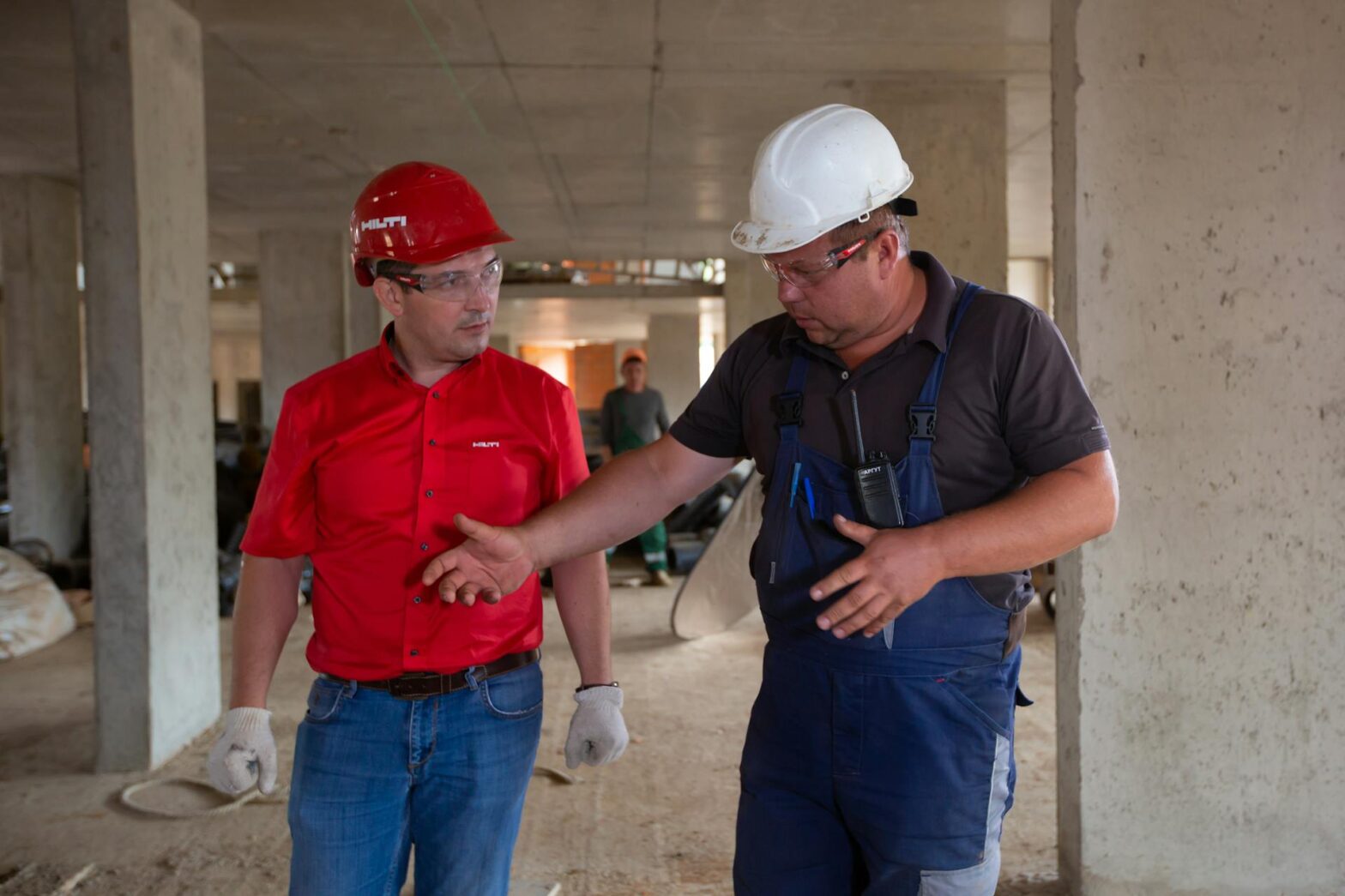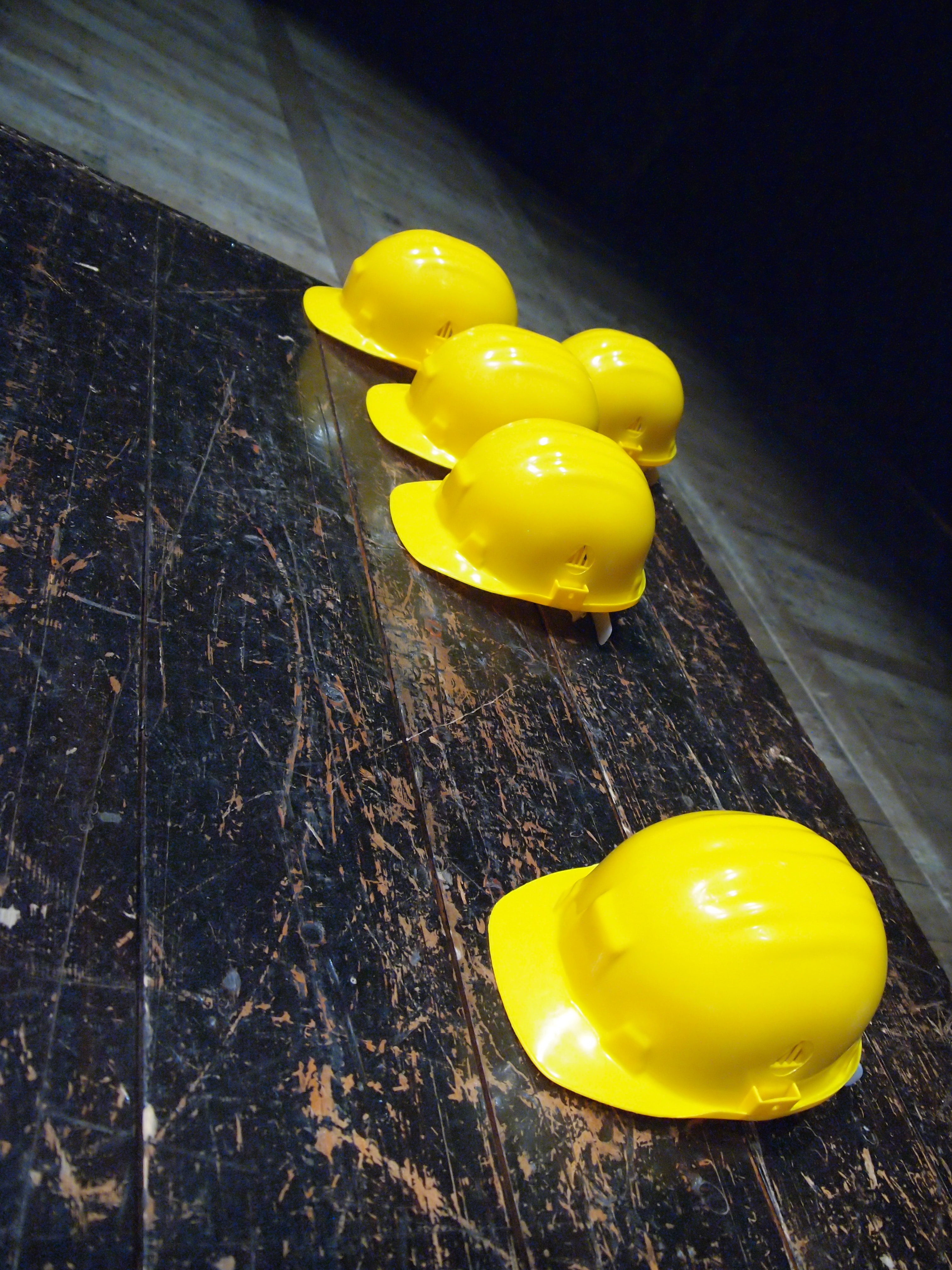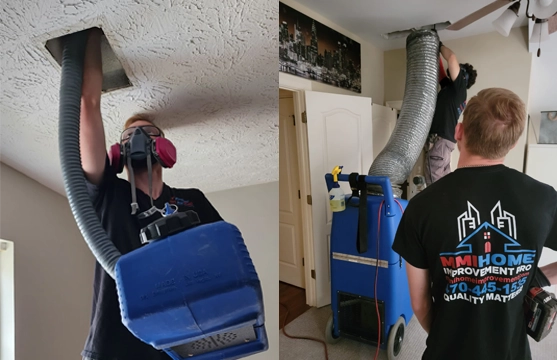The year 2025 is poised to become a great year for the industrial real estate sector. For one, JP Morgan is expecting industrial real estate to perform positively despite a noticeable slowdown in new construction volumes in the commercial sector. This is due to a growing reliance on e-commerce among consumers. With online sales remaining robust well into the new year, there is a growing demand for warehouses, logistics centers, and manufacturing facilities to satisfy this trend.
However, construction remains challenging for key players in the industrial sector seeing as material costs have risen sharply over the past few years. Global supply chain disruptions brought on by geopolitical tensions are raising overall construction costs that eat into the bottom line.
This limits the scalability of some companies which will have to implement cost-control measures to make the most out of their construction investments. In this article, let’s take a look at some of these measures that can help complete an industrial construction project at a minimal cost:
1. Reviewing project plans
For the most part, a well-detailed construction plan determines whether a project is feasible given available resources. Without proper planning, companies may have to deal with unexpected expenses that will cause the overall construction cost to surge. They can avoid this by setting clear goals that align with long-term and short-term objectives.
This will also involve knowing what features and facilities will be added that can help generate a good return once the project is completed. Thorough market research and strategic site selection serve a crucial role in this.
Companies will also need to think of whether their initial concept for the project strikes the perfect balance between functionality and cost efficiency. Considering the expense, they will need to come up with realistic designs and layouts that are not only industry-compliant, but also require less manpower, equipment, and materials to complete. It’s complicated at best, but it helps to consult with experienced builders in one’s industry or niche for possible changes that could lead to cost savings without compromising the quality of the outcome.
2. Setting a system for tracking and managing expenses
Throughout the project lifecycle, companies will need to set a system that fosters transparency and accuracy in accounting for every expense. Whether the project uses a progress billing system or a lump sum approach, companies must set their budget-tracking platforms independent of those used by contractors. This is to ensure that the project doesn’t go over budget which could result in costly delays and even legal action which can only complicate the project timeline even further.
Companies can opt to use software that enables them to stay on top of their expenses. Digital spreadsheets are helpful, but these require a long time to set up. Companies can go the easier route in tracking their construction budget by using special tools that can monitor different expense categories, from manpower to materials and legal compliance.
With the growing popularity of machine learning platforms, companies can also use AI-powered budget-tracking software to forecast potential losses and generate insights that could lead to cost-saving revisions.
3. Getting a reliable team of contractors
Aside from tracking their construction expenses, companies in the industrial sector should also think about getting the right contractors. This doesn’t always mean looking for ones that offer the cheapest services on the market because, in most cases, low-cost services could lead to expensive problems. It’s only a matter of seeking out contractors with proven experience in handling similar projects before.
Companies should consider coming up with a shortlist of candidates based on a set of criteria that focus on industry experience, technology, and cost. The same goes for selecting turn-key contractor services for project details such as electrical and equipment installation.
It might be overwhelming to find the right contractors for each phase of the project, but even so, companies should put a premium on background checks and consult with other institutions for recommendations. What’s more, there should be a focus on the legitimacy of contractors as well as their financial capacity.
4. Setting a risk management and contingency plan
Companies can never be too sure whether their industrial construction projects will remain within budget. However, anything can happen somewhere in the middle. Without ample preparation, they could end up paying more out of pocket. Ample preparation can help them avoid such unexpected expenses and ensure that every construction milestone is accomplished without added costs.
For this, thorough risk analysis is needed to ensure that every contingency is dealt with and possible financial losses are minimized. This would involve reviewing local building codes and industrial regulations on labor management, waste disposal, and safety compliance. By taking these into account, there needs to be a risk response strategy that allows for work continuity, timeline revisions, and legal contingencies.
Endnote
With the demand for industrial real estate being expected to increase this year, it’s only crucial for key players to deal with increasing construction costs. Using these ways offers a good start.

































